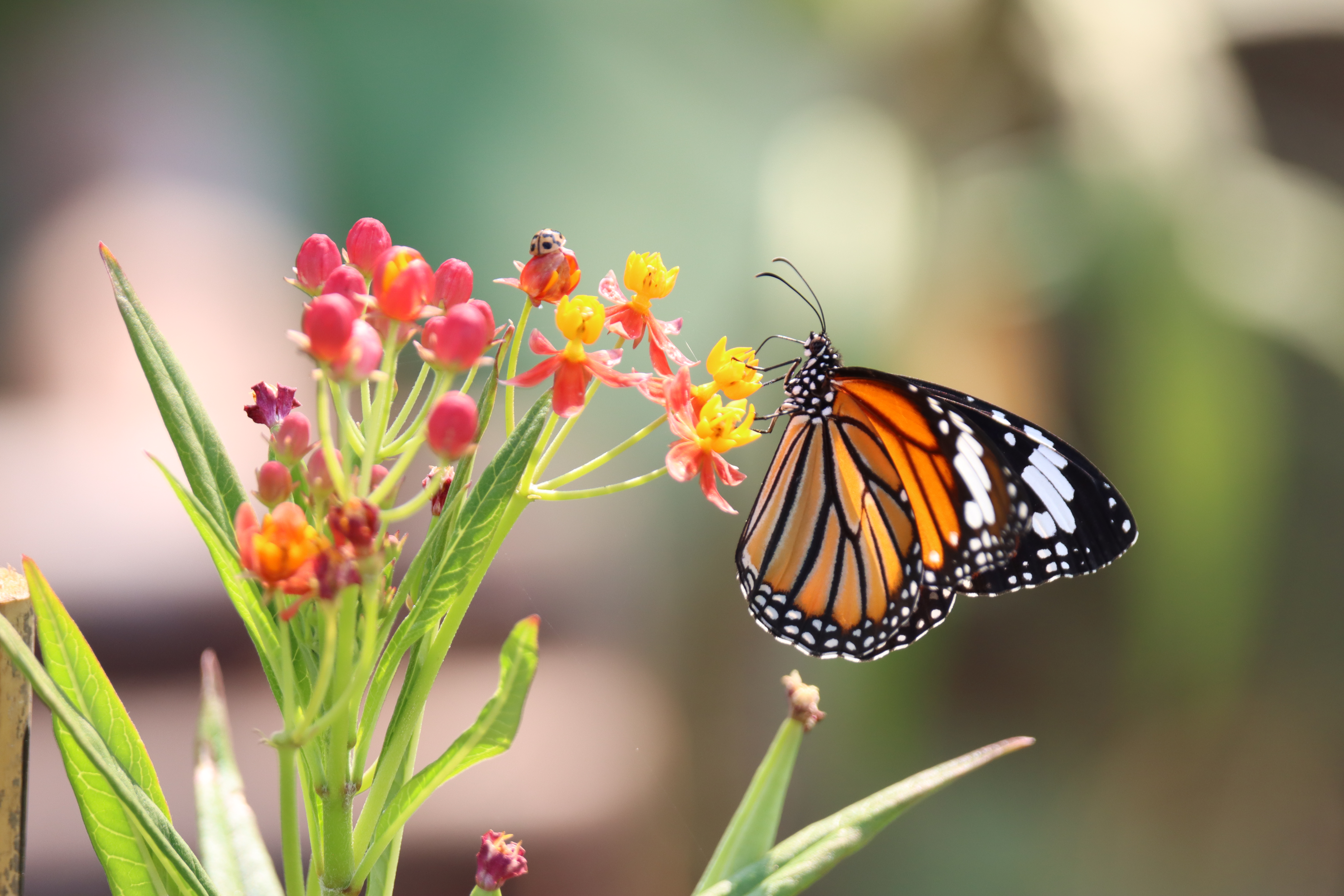Well-being Biodiversity in MQDC Projects
ความหลากหลายทางชีวภาพ (Biodiversity) เป็นประเด็นที่เราให้ความสำคัญควบคู่ไปกับการพัฒนาโครงการอสังหาริมทรัพย์ ทางศูนย์วิจัยและนวัตกรรมเพื่อความยั่งยืน (RISC) ได้ดำเนินการศึกษาวิจัยความหลากหลายทางชีวภาพในเมืองอย่างต่อเนื่อง และนำผลการศึกษามาประยุกต์ใช้จริงในโครงการพัฒนาอสังหาริมทรัพย์ของบริษัท MQDC จนในปัจจุบันได้มีการสร้างมาตรฐานความหลากหลายทางชีวภาพสำหรับโครงการอสังหาริมทรัพย์แห่งแรกของโลก ประกอบไปด้วย 4 ส่วน คือ การสำรวจความหลากหลายทางชีวภาพก่อนดำเนินโครงการ การเก็บรักษาต้นไม้และการย้ายสัตว์ไปยังที่ปลอดภัย การออกแบบเพื่อส่งเสริมความหลากหลายทางชีวภาพ และการติดตามความหลากหลายทางชีวภาพหลังก่อสร้างโครงการแล้วเสร็จ นอกจากนี้เราตั้งใจที่จะเผยแพร่องค์ความรู้ต่างๆ ออกสู่สาธารณะ เพื่อให้เกิดการนำไปใช้ประโยชน์และช่วยเสริมสร้างความหลากหลายทางชีวภาพในเมืองต่อไป
จำนวนรวมทั้งหมดของพรรณพืช และพันธุ์สัตว์ที่เราได้มีการรวบรวมไว้เป็นฐานข้อมูลในที่นี้
สนใจรายละเอียดเพิ่มเติมสามารถกดไปที่ชนิดพันธุ์ทั้งหมดได้
สนใจรายละเอียดเพิ่มเติมสามารถกดไปที่ชนิดพันธุ์ทั้งหมดได้
 0
0
 0
0
ข้อมูลใหม่
ไม่มีข้อมูล
บทความด้านความหลากหลายทางชีวภาพ ดูทั้งหมด
By RISC | 2 สัปดาห์ที่แล้ว




